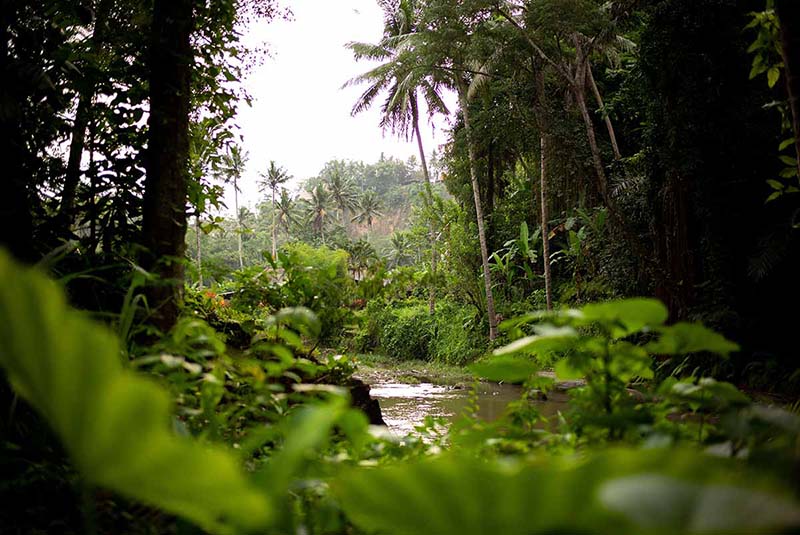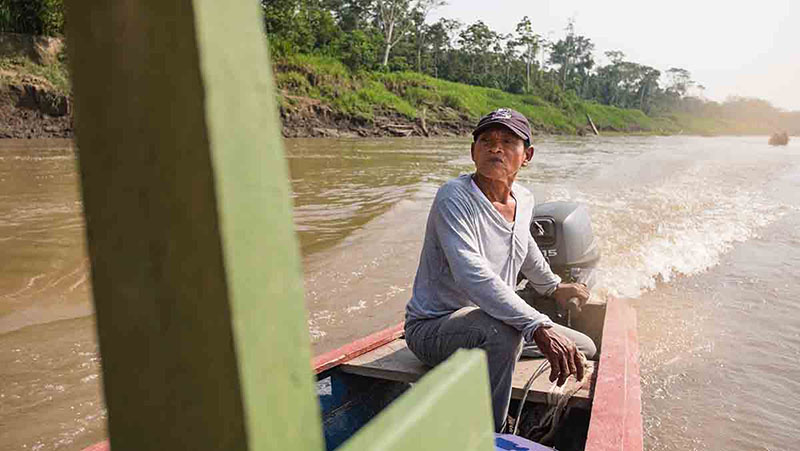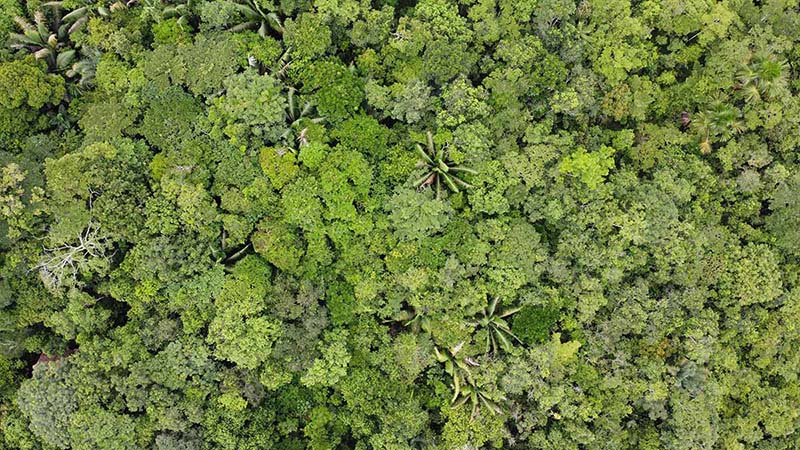
Deep in the Amazon, the night can be felt long before the sun sets. The forest canopy blocks the last rays of light from touching the ground, and with the first few minutes of darkness, much of the life that fell silent during the day picks up again.
Insects, spiders, amphibians, mammals, and even birds like screech owls begin a serenade that, in some still virgin areas, is not drowned out by engine noise. And yet, all this life depends on what we might consider a great highway. A highway that transports not vehicles but clouds, water, and humidity.
This great highway – known as the flying river – regulates the climate of the entire continent and the rest of the planet. Like many other roads that are on the ground, it is essential in getting water to the different ecosystems, cities, and towns that make up Latin America.
A journey through the air
If we drew it out on a map, the great water-transporting highway of the Amazon would begin at the coast of the Atlantic Ocean and would end up in the interior of South America. There, it would become glaciers, snow-capped mountains, and other water sources that feed the rivers that, in turn, spread across the continent. But let’s start at the beginning: who are the main players in this journey?
Amazonian trees, especially the oldest ones, sink their roots into the earth and absorb moisture from the soil. Through transpiration, the leaves send this moisture up into the sky, where it is added to the water that evaporates from the Atlantic Ocean. Thanks to the trees’ work, this entire body of water begins its journey through a cycle of precipitation and evaporation that moves it inland.

Trees and vegetation in the jungle. Mark S (Unsplash)
The Amazon rainforest, which covers more than 6.7 million square kilometers, is home to some 390 billion trees. It is estimated that each of them has the ability to send about 1000 liters of water into the atmosphere every day. Considering the impact of the winds that blow in from the ocean, altogether this means that the flying river (the most important highway in the Americas) can carry more water than the Amazon River itself.
When it meets the Andes mountain range, which runs across western South America from Tierra de Fuego to Venezuela, this large mass of moisture hits the ground and feeds many of the rivers that course through South America. However, despite its importance, this highway of clouds is at risk of losing strength: deforestation, and especially the loss of the largest and longest-lived trees, seriously endangers the forest’s ability to keep this cycle up.

A boat sails down the river towards Puerto Nariño, Colombia. Alev Takil (Unsplash)
The planet’s big air conditioner
Forests, particularly the Amazon, are considered to be the lungs of the planet. However, this comparison is not entirely accurate. Our lungs let us breathe in oxygen (O) and release carbon dioxide (CO2), while trees do just the opposite. Therefore, more and more people are saying that we should think of them as the heart or even the brain of the planet. Thanks to all the services they provide, these ecosystems support nature’s balance and make life possible.

Canopy of the Peruvian jungle seen from the sky. David Geere (Unsplash).
Capturing CO2, generating oxygen, and moving large amounts of air across the sky aren’t the only climatic contributions of ecosystems like the Amazon. Tropical forests play another crucial role: cooling the earth’s surface. It’s like they make up a big system of air conditioners: they can lower the global temperature by up to half a degree, protecting us from the worst effects of climate change.
According to a study that was recently published in Nature, two-thirds of this capacity is linked to their ability to absorb CO2 from the air and store it (and thus prevent this greenhouse gas from continuing to warm the atmosphere and accelerating climate change). The other third stems from another power: that of creating clouds, humidifying the air, and releasing chemicals that can cool it.
All this is linked to the forests’ biophysical effects, which depend on the conditions of the wood, leaves, and tree density. The physical qualities of the trees (the same ones that support the flow of the river of rain) allow them to draw heat and moisture away from the surface, cooling the area locally and influencing the formation of clouds and precipitation.

Birds flying over the clouds. Kenrick Mills (Unsplash)
However, this entire balance faces threats like deforestation. Beyond the figures and pieces of data, the loss of forest mass in tropical rainforests tells us about the loss of nature’s ability to continue regulating rainfall or keep our world at an appropriate temperature.
But this too can be turned around. Remember that any effort to curb deforestation and protect the forests is a step toward stopping climate change and maintaining the stability of our planet.





There are no comments yet